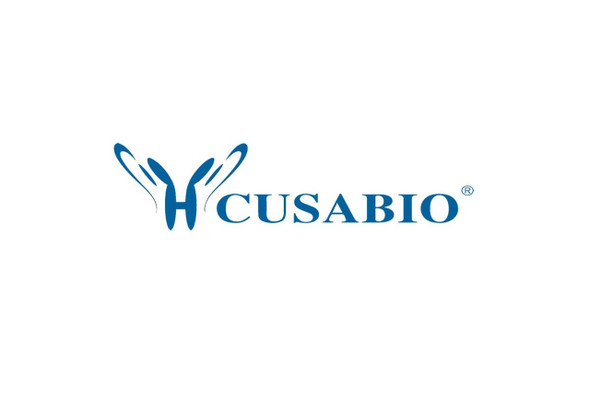Cusabio Human Recombinants
Recombinant Human Nestin (NES), partial | CSB-YP015713HU
- SKU:
- CSB-YP015713HU
- Availability:
- 3 - 7 Working Days
Description
Recombinant Human Nestin (NES), partial | CSB-YP015713HU | Cusabio
Alternative Name(s): ESTM 46; FLJ 21841; FLJ21841; Intermediate filament protein; Nbla00170; nes; NEST_HUMAN; Nestin
Gene Names: NES
Research Areas: Neuroscience
Organism: Homo sapiens (Human)
AA Sequence: PPPQGETGKEGWDPAVLASEGLEAPPSEKEEGEEGEEECGRDSDLSEEFEDLGTEAPFLPGVPGEVAEPLGQVPQLLLDPAAWDRDGESDGFADEEESGEEGEEDQEEGREPGAGRWGPGSSVGSLQALSSSQRGEFLESDSVSVSVPWDDSLRGAVAGAPKTALETESQDSAEPSGSEEESDPVSLEREDKVPGPLEIPSGMEDAGPGADIIGVNGQGPNLEGKSQHVNGGVMNGLEQSEEVGQGMPL
Source: Yeast
Tag Info: N-terminal 6xHis-tagged
Expression Region: 1321-1569aa
Sequence Info: Partial
MW: 27.8 kDa
Purity: Greater than 90% as determined by SDS-PAGE.
Relevance: Required for brain and eye development. Promotes the disassbly of phosphorylated vimentin intermediate filaments (IF) during mitosis and may play a role in the trafficking and distribution of IF proteins and other cellular factors to daughter cells during progenitor cell division. Required for survival, renewal and mitogen-stimulated proliferation of neural progenitor cells .
Reference: Characterization of the human nestin gene reveals a close evolutionary relationship to neurofilaments.Dahlstrand J., McKay R.D.G., Zimmerman L.B., Lendahl U.J. Cell Sci. 103:589-597(1992)
Storage: The shelf life is related to many factors, storage state, buffer ingredients, storage temperature and the stability of the protein itself. Generally, the shelf life of liquid form is 6 months at -20?/-80?. The shelf life of lyophilized form is 12 months at -20?/-80?.
Notes: Repeated freezing and thawing is not recommended. Store working aliquots at 4? for up to one week.
Function: Required for brain and eye development. Promotes the disassembly of phosphorylated vimentin intermediate filaments (IF) during mitosis and may play a role in the trafficking and distribution of IF proteins and other cellular factors to daughter cells during progenitor cell division. Required for survival, renewal and mitogen-stimulated proliferation of neural progenitor cells (By similarity).
Involvement in disease:
Subcellular Location:
Protein Families: Intermediate filament family
Tissue Specificity: CNS stem cells.
Paythway:
Form: Liquid or Lyophilized powder
Buffer: If the delivery form is liquid, the default storage buffer is Tris/PBS-based buffer, 5%-50% glycerol. If the delivery form is lyophilized powder, the buffer before lyophilization is Tris/PBS-based buffer, 6% Trehalose, pH 8.0.
Reconstitution: We recommend that this vial be briefly centrifuged prior to opening to bring the contents to the bottom. Please reconstitute protein in deionized sterile water to a concentration of 0.1-1.0 mg/mL.We recommend to add 5-50% of glycerol (final concentration) and aliquot for long-term storage at -20?/-80?. Our default final concentration of glycerol is 50%. Customers could use it as reference.
Uniprot ID: P48681
HGNC Database Link: HGNC
UniGene Database Link: UniGene
KEGG Database Link: KEGG
STRING Database Link: STRING
OMIM Database Link: OMIM









